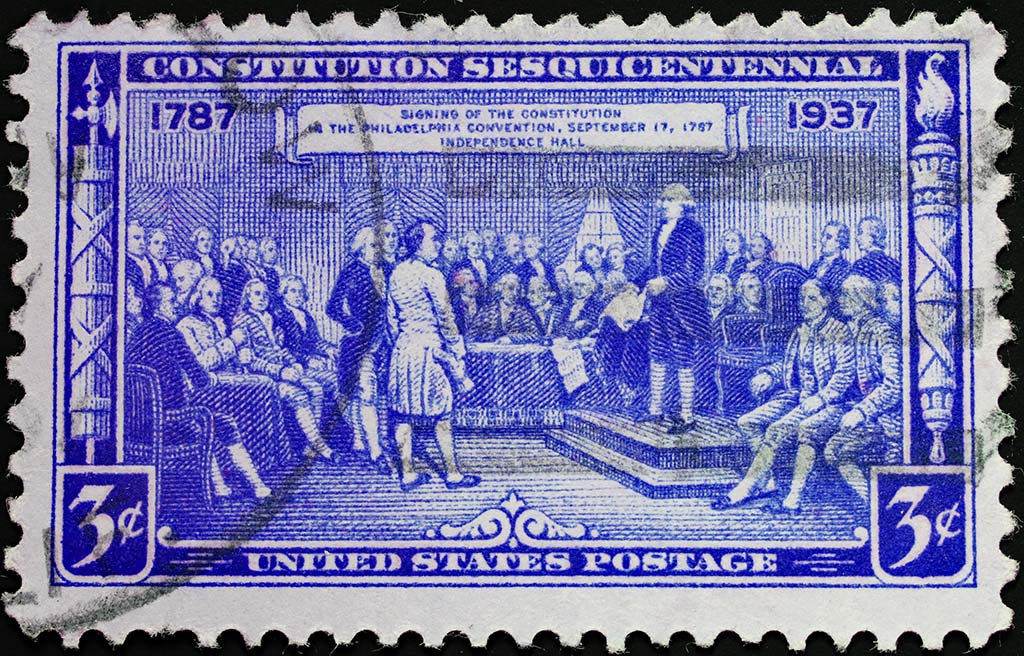Internet Constitution
We the Netizens of the Internet, in Order to form a more perfect Internet, establish Justice, insure Tranquility, provide for the common privacy, promote the general Welfare, and secure the Blessings of Liberty to ourselves and our Posterity, do ordain and establish this Constitution for the Internet.
Bill of Rights
The Bill of Rights – National Archives
- Article I — Right to privacy, not to be tracked and cataloged, freedom from filtering.
- Article II — Right to bear ad blockers and employ encryption.
- Article III — Right to protection from malware, spyware, state-sponsored hacking
- Article IV — The right to be free from Internet abuse, shaming/harassment, having your image/video used, bullying
- Article V — The right to be forgotten (better parts of the CCPA)
- Article VI — The right to commerce, crypto currency, online business, …
- Article VII — The right do due process, content inappropriateness to be decided by a government public commission, not private entity (common carrier rules apply to private entities)
Signing of the United States Constitution

The Signing of the United States Constitution occurred on September 17, 1787, at Independence Hall in Philadelphia, Pennsylvania, when 39 delegates to the Constitutional Convention, representing 12 states (all but Rhode Island, which declined to send delegates), endorsed the Constitution created during the four-month-long convention. In addition to signatures, this endorsement, the Constitution’s closing protocol, included a brief declaration that the delegates’ work has been successfully completed and that those whose signatures appear on it subscribe to the final document. Included are, a statement pronouncing the document’s adoption by the states present, a formulaic dating of its adoption, along with the signatures of those endorsing it. Additionally, the convention’s secretary, William Jackson, added a note to verify four amendments made by hand to the final document, and signed the note to authenticate its validity.
The language of the concluding endorsement, conceived by Gouverneur Morris and presented to the convention by Benjamin Franklin, was made intentionally ambiguous in hopes of winning over the votes of dissenting delegates. Advocates for the new frame of government, realizing the impending difficulty of obtaining the consent of the states needed for it to become operational, were anxious to obtain the unanimous support of the delegations from each state. It was feared that many of the delegates would refuse to give their individual assent to the Constitution. Therefore, in order that the action of the Convention would appear to be unanimous, the formula, Done in convention by the unanimous consent of the states present … was devised.
The U.S. Constitution lays out the frame of the nation’s federal government and delineates how its 3 branches (legislative, executive, and judicial) are to function. Of those who signed it, virtually every one had taken part in the American Revolution; seven had signed the Declaration of Independence, and thirty had served on active military duty. In general, they represented a cross-section of 18th-century American leadership, with individuals having experience in local or colonial and state government. Jonathan Dayton, age 26, was the youngest to sign the Constitution, while Benjamin Franklin, age 81, was the oldest.

Leave a Reply